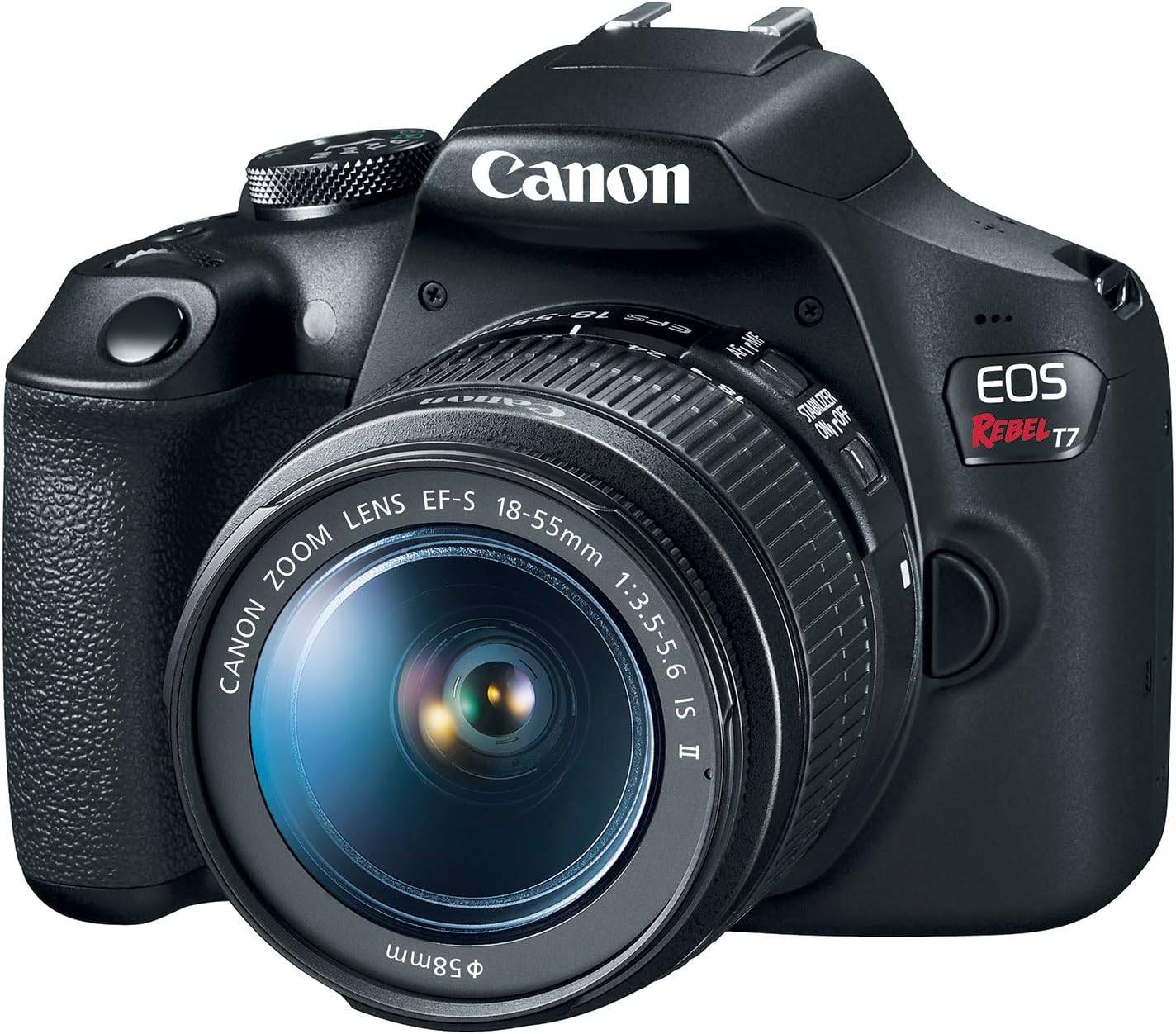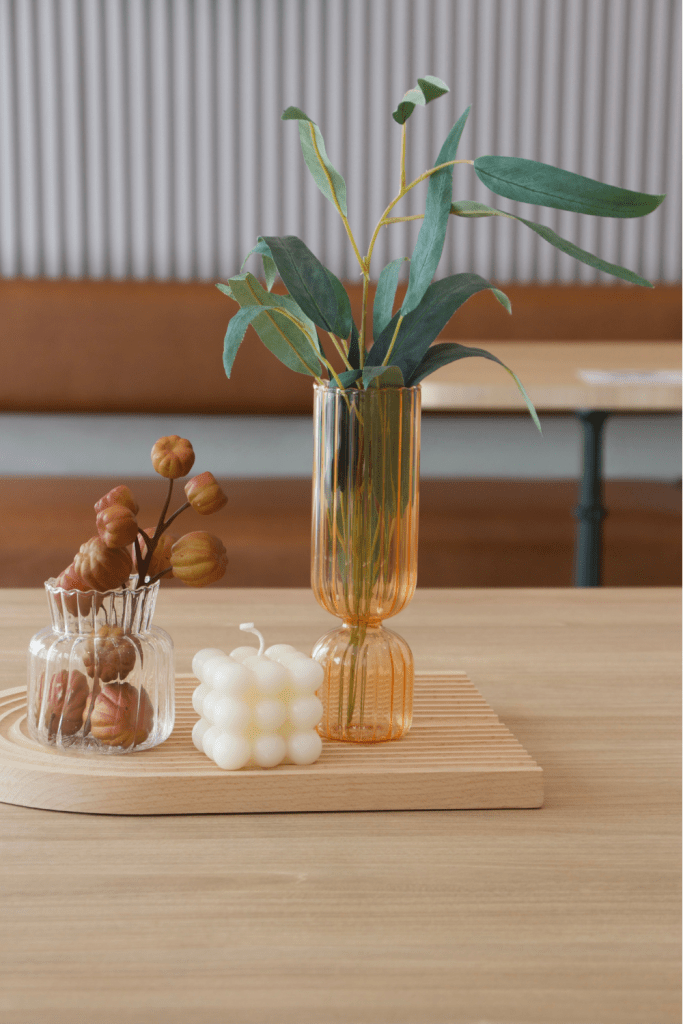Still Life Photography: From Inanimate to Extraordinary –
Still Life Photography
The ability to capture the beauty and essence of inanimate objects is truly remarkable and, in this article, I would like to share my insights and suggestions on still life photography. I’ll provide helpful tips on choosing subjects, setting up scenes, composing shots, mastering camera settings, post-processing, and showcasing your captivating still life images.
I am a participant in the Amazon Services LLC Associates Program, an affiliate advertising program designed to provide a means for me to earn fees by linking to Amazon.com and related sites. This post may contain affiliate links, which means I may receive a commission, at no cost to you, for purchases made using my links. Please see my disclosure to learn more.
The Importance of Still Life Photography
Still life photography holds immense significance in the world of art and photography. It allows us to pause and appreciate the intricate details of everyday objects, explore the beauty of nature, savor culinary delights, and even evoke emotions through personal and sentimental items. By capturing these moments in a still life photograph, we freeze time and create a lasting visual representation that can be admired and appreciated.

Choosing the Right Subjects for Still Life Photography
In still life photography, the choice of subjects plays a crucial role in creating compelling images. There are several categories of subjects that you can explore:
Capturing Everyday Objects:
Everyday objects such as utensils, books, flowers, or even household items can be transformed into visually appealing subjects. These objects have their unique stories and characteristics that can be portrayed through photography.
Exploring Nature’s Beauty:
Flowers, leaves, shells, and other elements from nature offer a plethora of possibilities for still life photography. The intricate details and vibrant colors make them captivating subjects.
Showcasing Food and Culinary Delights:
Food photography is a popular genre within still life photography. The textures, colors, and arrangements of delicious dishes can create visually enticing images that evoke the senses.
Highlighting Personal Items and Sentimental Objects:
Personal items such as heirlooms, souvenirs, or cherished belongings hold sentimental value.
By photographing them in a still life setting, you can convey their significance and create lasting memories.

Setting Up a Still Life Scene
To create captivating still life photographs, it’s important to set up an appropriate scene. Consider the following aspects:
Selecting a Suitable Background: Choose a background that complements the subject and enhances its visual appeal. Simple backgrounds or textured surfaces often work well, allowing the subject to take center stage.
Utilizing Natural Lighting or Artificial Lighting: Lighting is crucial in still life photography. Natural light can create soft and flattering effects, while artificial lighting provides control and consistency. Experiment with different lighting setups to achieve the desired mood and atmosphere.
Arranging the Composition: Pay attention to the arrangement of objects within the frame. Use the rule of thirds to create balance and visual interest. Consider the placement of objects, negative space, and leading lines to guide the viewer’s eye.
Adding Props and Accessories: Props and accessories can enhance the story and aesthetic of your still life photograph. Experiment with different items to create a cohesive and visually pleasing composition.
Composing the Shot
Composition is key in still life photography to create visually appealing and engaging images. Consider the following techniques:
Understanding the Rule of Thirds:
Divide the frame into thirds, both horizontally and vertically, and place the main elements of your composition along these lines or at their intersections. This technique adds balance and visual interest to your photographs.

Utilizing Leading Lines: Incorporate leading lines within your composition to draw the viewer’s eye towards the main subject. These lines can be actual lines or implied lines created by the arrangement of objects or patterns.
Experimenting with Angles and Viewpoints: Don’t be afraid to experiment with different angles and viewpoints. Changing your perspective can completely transform the mood and visual impact of your photograph.
Creating Depth and Perspective: Use depth of field to create a sense of depth in your images. By selectively focusing on specific elements while blurring the background, you can guide the viewer’s attention and add a three-dimensional feel to your photograph.
Mastering Camera Settings for Still Life Photography
Understanding and mastering camera settings is essential for capturing stunning still life photographs. Consider the following aspects:
Choosing the Right Camera and Lens: While still life photography can be pursued with any camera, using a DSLR or mirrorless camera allows for greater control and flexibility. Pair it with a macro lens or a lens with a versatile focal length for detailed and sharp images.

Canon EOS Rebel T7 DSLR Camera with 18-55mm Lens
Perfect for beginners, this camera bundle offers the essential tools needed to take your SLR skills to new heights, all in one convenient package. No matter where your next adventure takes you, count on the EOS Rebel t7’s impressive 24.1 Megapixel CMOS sensor and wide ISO range of 100-6400 (H: 12800) to capture high-quality images, even in low-light situations.
Setting the Aperture, Shutter Speed, and ISO: Adjusting these three settings enables you to control the depth of field, exposure, and noise in your images. Experiment with different combinations to achieve the desired effects.
Using Tripods for Stability: Using a tripod ensures stability and sharpness in your still life photographs. It allows you to make precise adjustments and long exposures without the risk of camera shake.
Exploring Manual Mode for Creative Control: Manual mode gives you full control over your camera settings, allowing you to fine-tune the exposure and achieve the desired creative effects. It may take practice, but the results are worth it.
Post-processing Still Life Images
Post-processing is an integral part of still life photography. It allows you to enhance your images and bring out their full potential. Consider the following post-processing techniques:
Enhancing Colors and Contrast: Adjust the colors, saturation, and contrast to make your still life photographs visually appealing. Be careful not to overdo it and maintain a natural look.
Adjusting Exposure and White Balance: Fine-tune the exposure and white balance to ensure accurate representation of colors and tones. This step can greatly impact the overall mood and atmosphere of your photograph.

Removing Unwanted Elements: Use photo editing software to remove any distracting elements or imperfections from your images. This helps to maintain focus on the main subject and create a cleaner composition.
Adding Creative Effects: Experiment with various creative effects such as vignettes, textures, or filters to add a unique touch to your still life photographs. However, be mindful of not overpowering the image with excessive effects.
Showcasing and Sharing Still Life Photography
After capturing and editing your still life photographs, it’s time to showcase and share your work with the world. Consider the following avenues:
Building an Online Portfolio: Create a website or an online portfolio to showcase your best still life photographs. Organize your work into categories and provide relevant information about each image. Ensure that your website is visually appealing and user-friendly.
Participating in Photography Communities and Contests: Engage with other photographers by joining online photography communities or participating in contests. This allows you to gain exposure, receive feedback, and learn from fellow photographers.
Printing and Framing Still Life Prints: Print and frame your best still life photographs to display them in physical form. This not only adds a tangible element to your work but also allows you to exhibit your photographs in galleries or local art shows.
Collaborating with Other Artists and Exhibiting Work: Collaborate with other artists, such as painters or sculptors, to create unique and interdisciplinary artworks. Additionally, consider exhibiting your still life photographs in joint or solo exhibitions to reach a wider audience.
Final Thoughts
Still life photography provides a wonderful opportunity to explore the beauty and significance of everyday objects, nature, food, and personal items. By following the suggestions and techniques outlined in this article, you can enhance your still life photography skills and create captivating images. Remember to experiment, practice, and develop your unique style. Happy shooting!

FAQs (Frequently Asked Questions)
- Do I need expensive equipment to pursue still life photography?
While having advanced equipment can offer more flexibility and control, you can start with a basic camera and lens setup. The key is to focus on composition, lighting, and creativity.
- What are some common challenges in still life photography?
Challenges can include finding interesting subjects, achieving proper lighting, and creating compelling compositions. However, with practice and experimentation, you can overcome these challenges and refine your skills.
- Should I use natural light or artificial lighting for still life photography?
Both natural light and artificial lighting have their advantages. Natural light provides a soft and organic feel, while artificial lighting offers control and consistency. Experiment with both to see which suits your style and subject matter.
- How can I make my still life photographs stand out?
To make your still life photographs stand out, focus on creating unique compositions, paying attention to lighting and details, and infusing your personal style and creativity into each image.
- Can I use post-processing software for still life photography?
Yes, post-processing software can greatly enhance your still life photographs. It allows you to fine-tune colors, exposure, and other aspects to achieve the desired look and feel. Just ensure that you maintain a balance and avoid excessive editing.







Comments are closed.